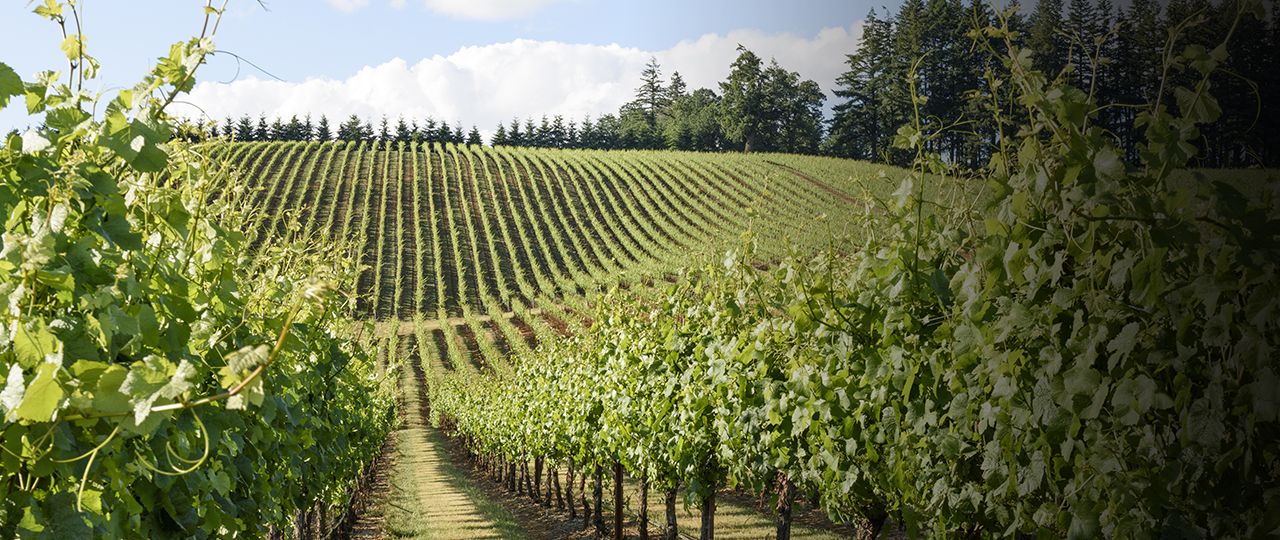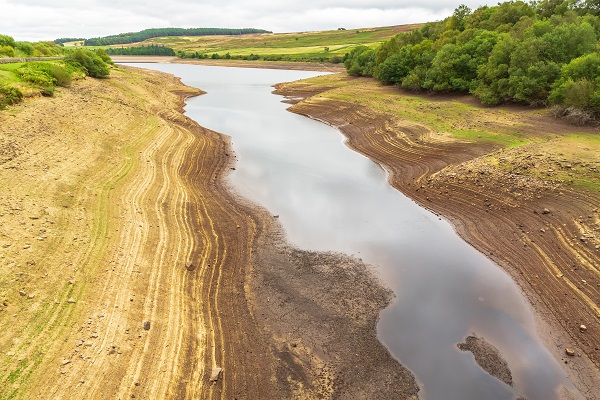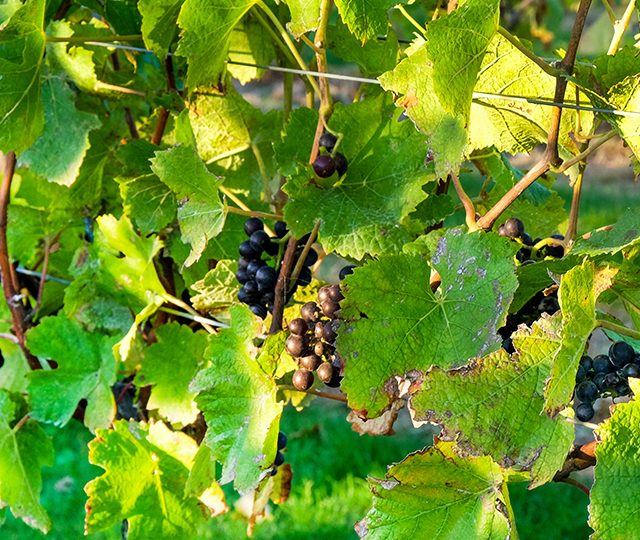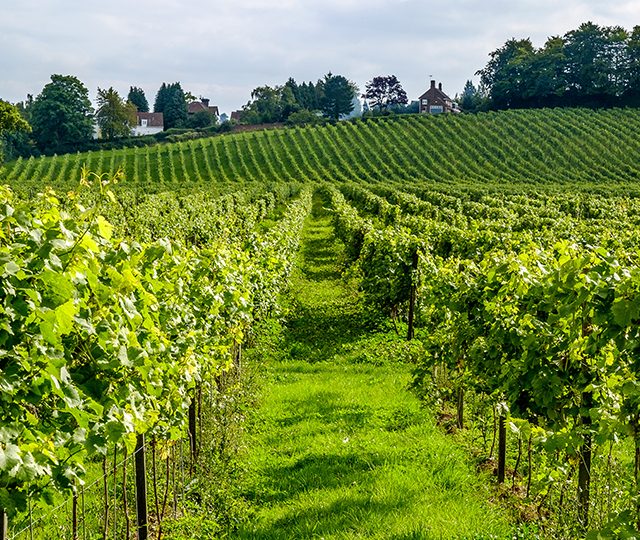Why the English wine industry is full of confidence
The English wine industry is in its ascendancy. The sector is proving to be one of the fastest growing in the agricultural sector. Production is up, sales are up and ambitions are high.
2018 was a knockout year for both the quality and quantity of wine produced. As might be expected, the long, hot, summer suited vines perfectly, with low rainfall in June facilitating really high pollination rates, driving up yields. Growers were also blessed with long, hot days in the late summer and autumn, providing excellent ripening conditions. In short, the weather came at the right time, in the right order.
It was a similar story across the Channel, with some wine makers in the Champagne region suggesting it was the best harvest for 500 years!
Growth in plantings
Investment in the UK wine industry is also on the rise.
The acreage of land planted to vines has grown 160% in the past ten years, according to the trade body Wine GB.
There had been strong growth in the area planted since 2003, when Nyetimber’s 1996 Classic Cuvee won a ‘Which?’ blind tasting award, beating an award-winning Champagne.
But the decision in 2015 by Taittinger to buy land in the UK on which to produce English sparkling wine has proved to be the catalyst for yet further expansion. It’s a move that has cemented the UK’s credibility as a wine-producing region – a high-profile endorsement that led to the planting of 1m new vines in 2017 and another 1.8m vines in 2018.
Future plantings may also be boosted by HMRC’s recent decision to widen its definition of agriculture for eligibility to agricultural property relief to include the growing of vines for wine production.
The sector has a new-found confidence. It is projected that by 2040 the UK could be producing 40m bottles of wine with a retail value of £1bn.
Wine tourism
The growing interest in English vineyards and wineries is likely to open up new opportunities, which could prove a boost to the rural economy.
Although vineyards can be found in many parts of the country, the bulk of the acreage is in Kent, Sussex, Surrey and Hampshire. There’s already talk of the potential for a wine tourism trail running from Winchester to Canterbury. Evidence from other countries suggests that international wine tourists can spend up to 80% more than traditional tourists, which would bring extra trade to pubs, shops and hotels, as well as the vineyards themselves.
The challenges
But there are challenges that the industry will need to address as it develops.
For winemakers looking to enter the industry or for businesses seeking to expand their operations, the big challenge is finding the right site. Poor site selection and variable weather conditions leads to inconsistent yields. The soil type is crucial, but sites also need to be south-facing, sheltered and less than 100 metres above sea level. Most land for viticulture is secured off market, so local knowledge of the land market is essential.
It’s also a sector that requires deep pockets. Vineyards have high up-front investment costs and it is seven or eight years before wine sales generate any significant income.
Distribution channels
Another challenge facing the industry is that more than 50% of distribution is currently through wholesalers, meaning many wineries are currently selling the bulk of their product at trade prices.
Increasing the percentage of bottles that wine producers sell at full retail price – through growth in sales direct to the consumer (cellar door sales) – will be key to the future success of the industry. The sector will also need to develop its exports if it is to meet its growth aspirations.
As a relatively young industry, most wine producers are dealing with every stage of the production and retail process – from grape to glass. It’s likely, as the industry matures, we will start to see greater specialisation within the sector, with different specialist businesses dealing with the different stages of the production cycle.
Some may focus on site identification and the growing of grapes, while others will buy grapes on a contract basis and actually make the wine. They in turn will use specialist retailers to market and sell to the end consumer.
The UK wine industry is in a buoyant mood and there is a sense that 2018 will go down as the year in which the sector came of age. But like a fine wine it needs a period to mature.






